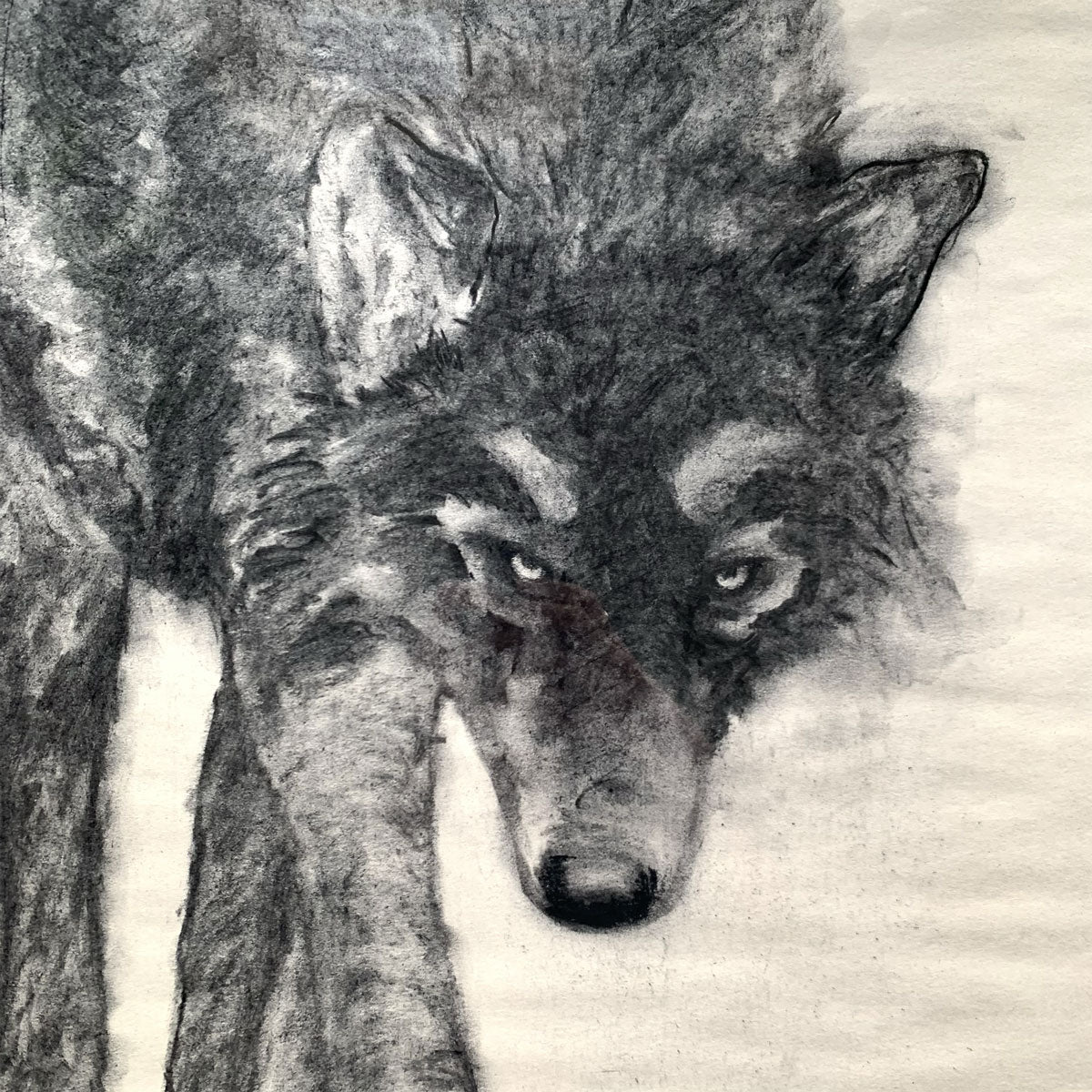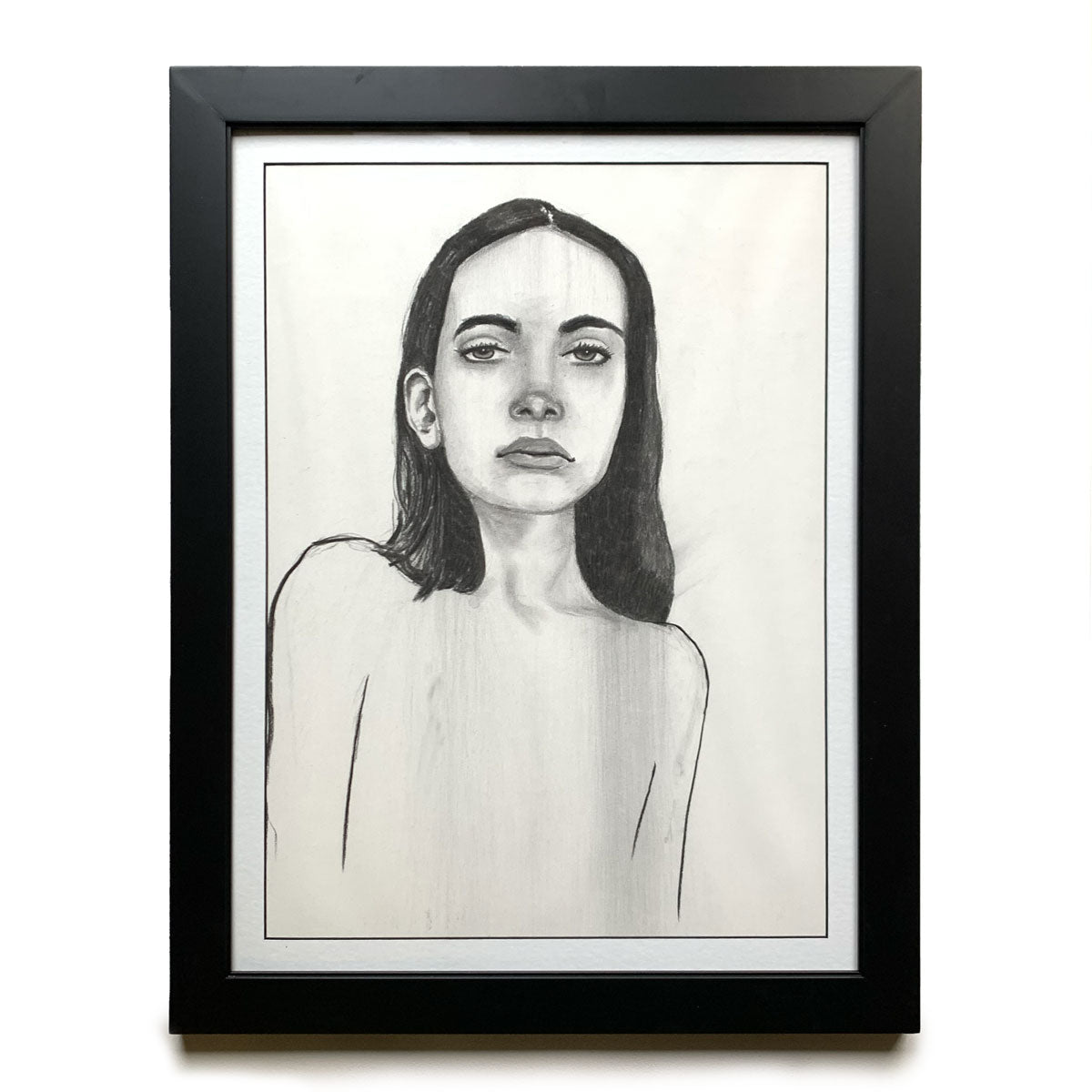Charcoal drawing offers a unique medium known for its versatile and dramatic effects. Beginners entering the world of black and white charcoal drawing can quickly learn the fundamental techniques to create striking, high-contrast images. This article covers the essentials, from understanding the materials needed to mastering the shading and texturing techniques that bring charcoal art to life. We’ll guide you through the process of starting your journey in black and white charcoal drawing successfully.
Getting to Know Your Materials
Choosing the Right Charcoal
The type of charcoal you use can significantly affect the outcome of your drawing. For most beginners, starting with general charcoal sticks is advisable — these come in black and white varieties. Black charcoal is the standard go-to for sketching and fill work, while white charcoal acts as a highlighter and can help to define specific details within your piece.
Selecting Suitable Paper
Using paper that complements charcoal is crucial. Choose a surface with a good tooth, or texture, which holds onto the charcoal particles. Heavier papers are often best, as they can withstand repeated erasing and application without being damaged. Textured or toned paper can enhance the depth of black and white charcoal drawings by adding a middle ground to your work.

Mastering Basic Techniques
Understanding Charcoal Application
Charcoal drawing is all about controlling the pressure you use to apply the medium. Experiment with your strokes — heavy pressure yields darker lines, while a light touch can create subtle shades. Learning how to layer charcoal by starting light and gradually adding depth is essential for creating dimension in your work. Black charcoal often goes down first to establish the base tones, and white charcoal is last applied for highlights.
Grasping Shading and Blending
Shading and blending are key techniques in charcoal drawing. To shade effectively, build up your tones slowly and consider the direction of light, using white charcoal to bring out the light areas and black for shadows. Blending is a technique used to smooth out these shades for a more realistic texture. You can blend with your fingers, a cloth, or blending stumps, playing with gradients of gray that enhance the sense of realism in your piece.

Refining Your Skills
Developing Light and Dark Contrasts
In black and white charcoal drawing, contrasts play a crucial role. Sharpen your observation skills to understand how light behaves and reflects off different surfaces. Control the intensity of your blacks and whites to create strong contrasts that can make your images ‘pop.’ It’s important to keep in mind the balance between your light and dark areas to maintain a cohesive drawing.
Experimenting with Textures
Textures can bring vitality and tactility to your drawings. Utilize the side of your charcoal for broader strokes to create soft textures like clouds or fur. For finer textures, such as hair or grass, use the point of your charcoal stick and work with delicate lines. Remember to use white charcoal on darker areas of your work to create that alluring contrast characteristic of black and white charcoal pieces.

Preserving Your Work
Fixing Your Drawing
Once you are satisfied with your artwork, using a fixative spray is vital to preserve it. Charcoal is notorious for smudging, so a fixative will set your drawing in place. Be sure to apply the fixative in a well-ventilated area and use light coats to prevent your paper from getting soaked and your drawing from dripping.
Storage and Display Tips
Handling and storing charcoal drawings requires care. Even with a fixative, charcoal can be fragile. Store your drawings flat, preferably in a portfolio or a flat file with glassine paper between each one to prevent smudging. When displaying your work, consider framing it behind glass — this not only prevents damage but can also enhance the visual impact of your black and white charcoal masterpiece.

Embracing Mistakes as Learning Opportunities
The Importance of Patience in Skill Development
As a beginner in black and white charcoal drawing, embracing mistakes as part of the learning process is vital. Do not be discouraged by errors; instead, view them as essential steps towards improvement. Practice makes progress, and over time, the application, shading, and textural techniques will become more intuitive. Patience is a fundamental virtue in art. Allow yourself the time to grow and understand that each misstep teaches you more about the charcoal medium and how to manipulate it to achieve the desired effect.
Experimentation Leads to Discovery
An essential part of the artistic journey is experimentation. Trying out different techniques, paper types, and charcoal hardness can lead to unexpected and often exciting results. Each drawing attempt enriches your experience and expands your understanding of how charcoal behaves. By experimenting, you might develop a novel approach or stumble upon a unique texture that could become a signature element in your artwork.

Continuing Education and Inspiration
Utilizing Resources and Inspirational Material
To further refine your charcoal drawing skills, seek out additional educational resources. Books, online tutorials, and workshops can provide detailed guidance and advanced techniques. Inspiration also plays a key role in artistic development. Study the works of renowned charcoal artists and analyze how they use light, shadow, and texture. Their pieces can ignite new ideas and perspectives in your own work, pushing you to challenge your boundaries and try new concepts.
Engaging with the Art Community
Connecting with Other Artists for Growth
Sharing your work with others and receiving constructive feedback is invaluable. Joining local art communities or online forums can aid in your development as an artist. Engaging in critiques provides fresh viewpoints that you might not have considered and can highlight areas for improvement. Additionally, offering your insights on peers’ work can reinforce your understanding of charcoal techniques. Engaging with like-minded individuals fosters a supportive environment where you can thrive artistically.
In conclusion, understanding these essentials provides a solid foundation as you venture into the world of black and white charcoal drawing. By choosing the right materials, practicing your techniques, refining your skills, and learning to preserve your art, you can create compelling and beautiful drawings. Remember to be patient with yourself; like any art form, mastering charcoal drawing takes practice and exploration. With dedication, you can develop your unique style within this dramatic and captivating medium.